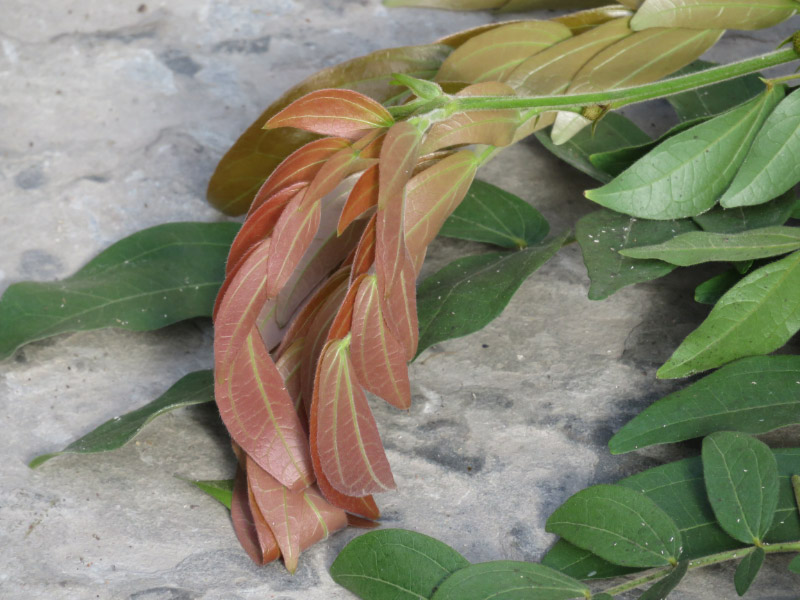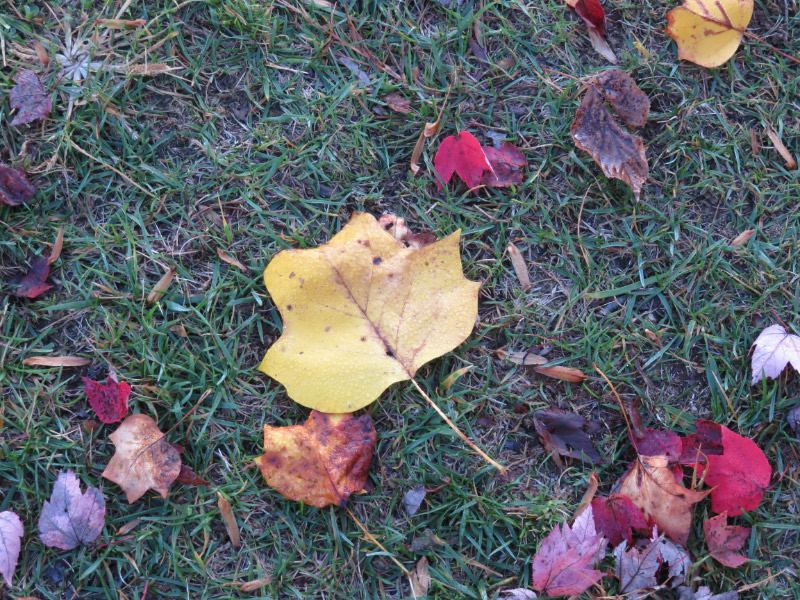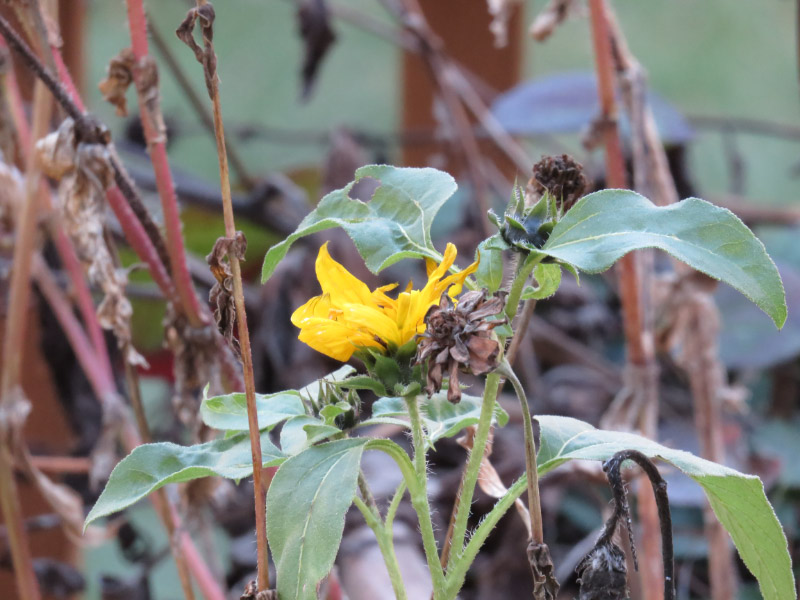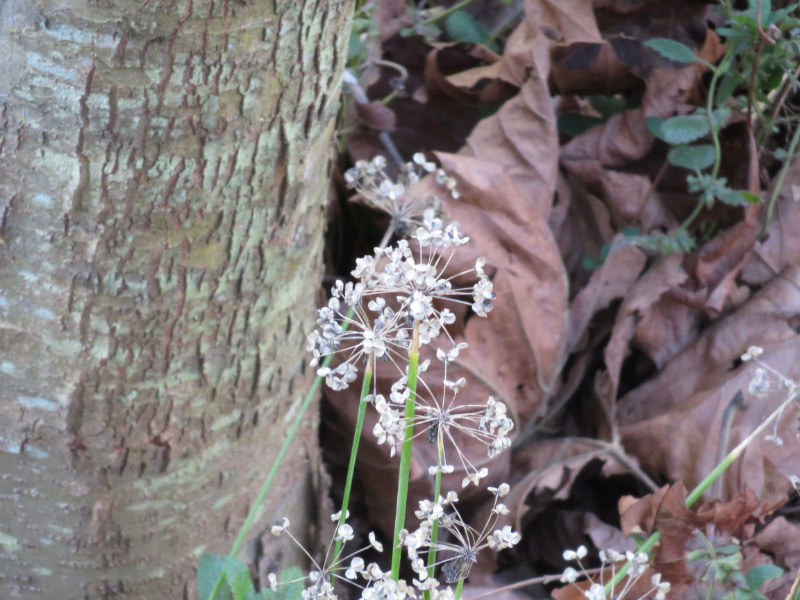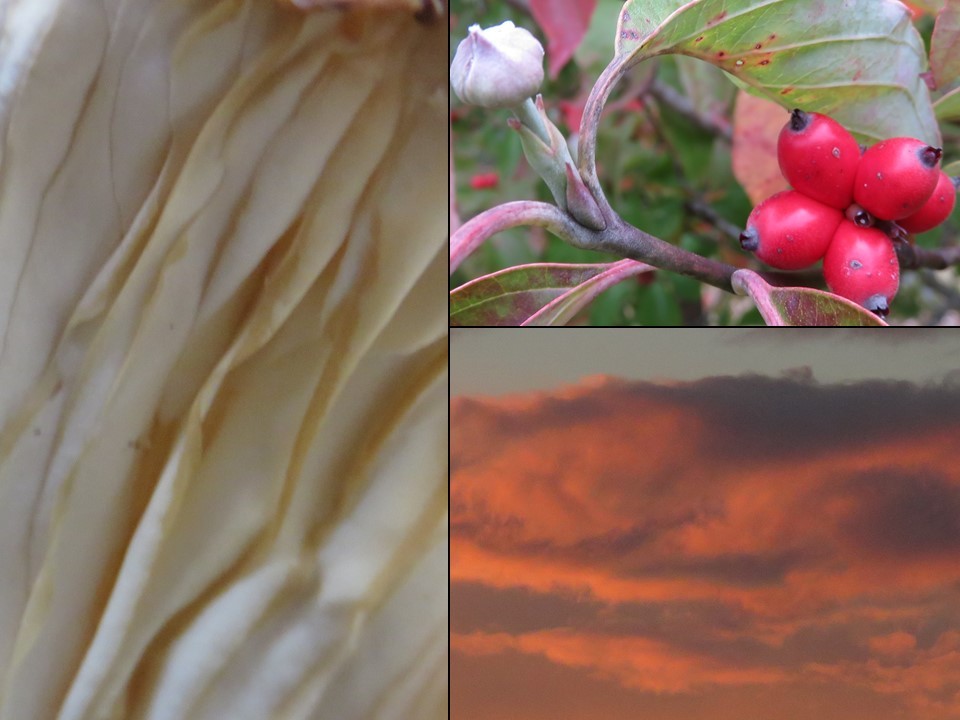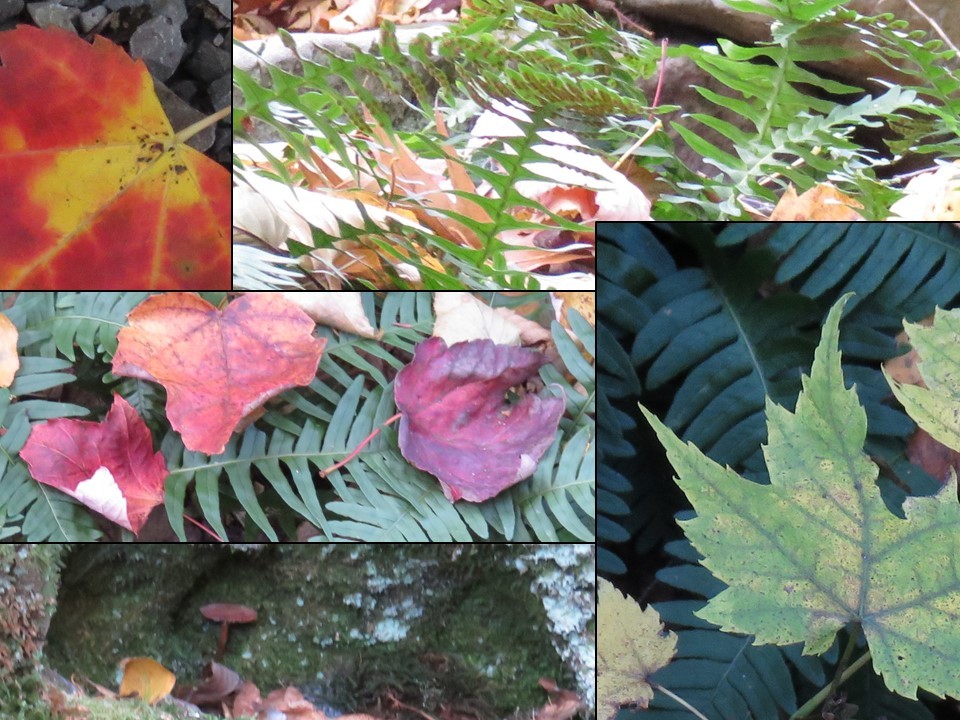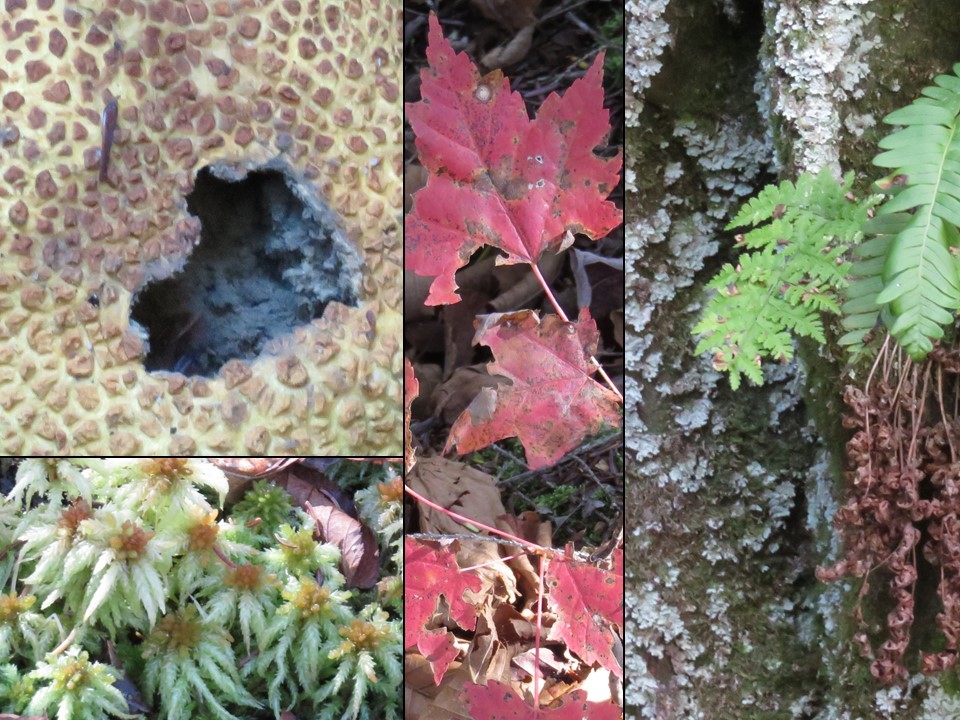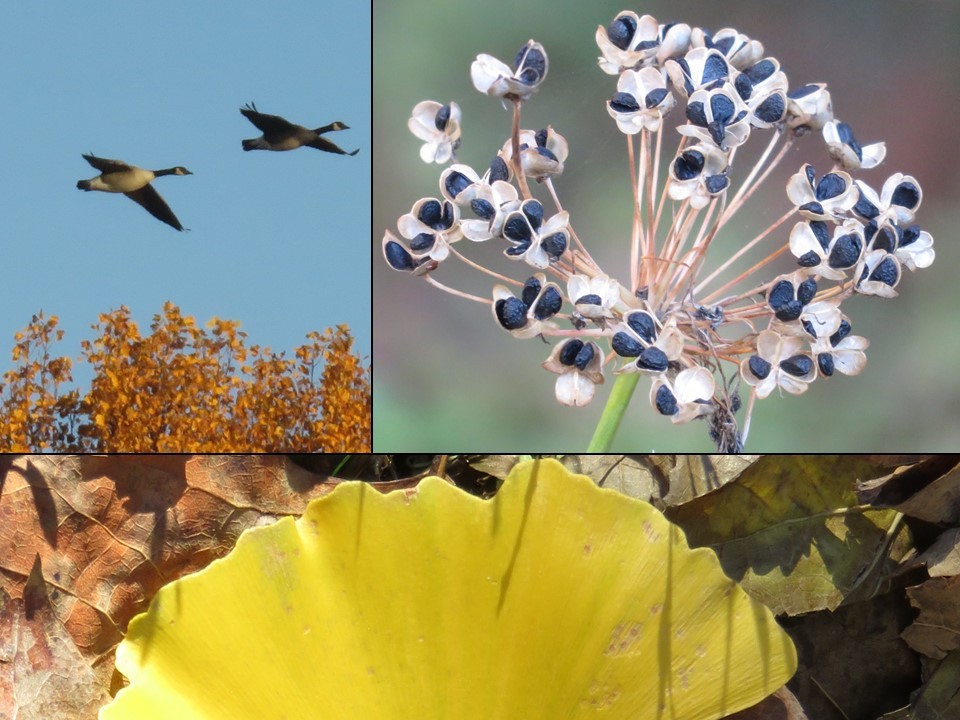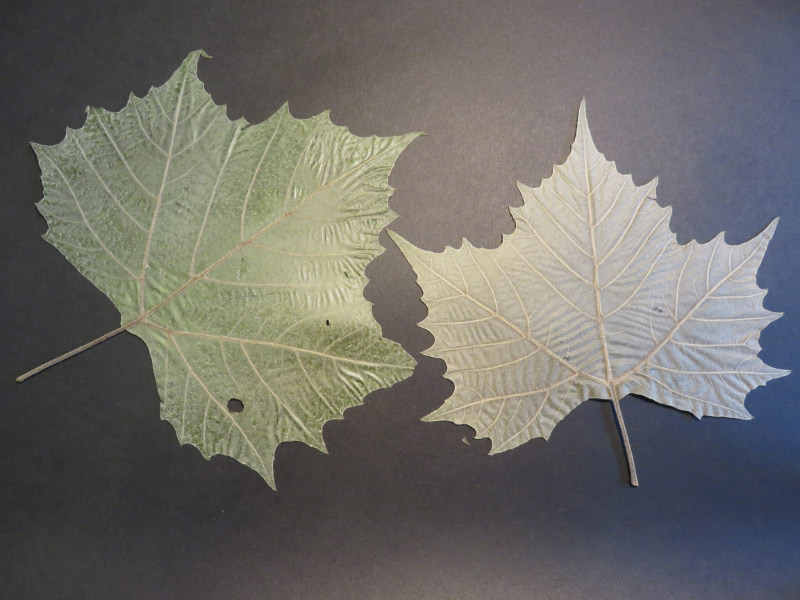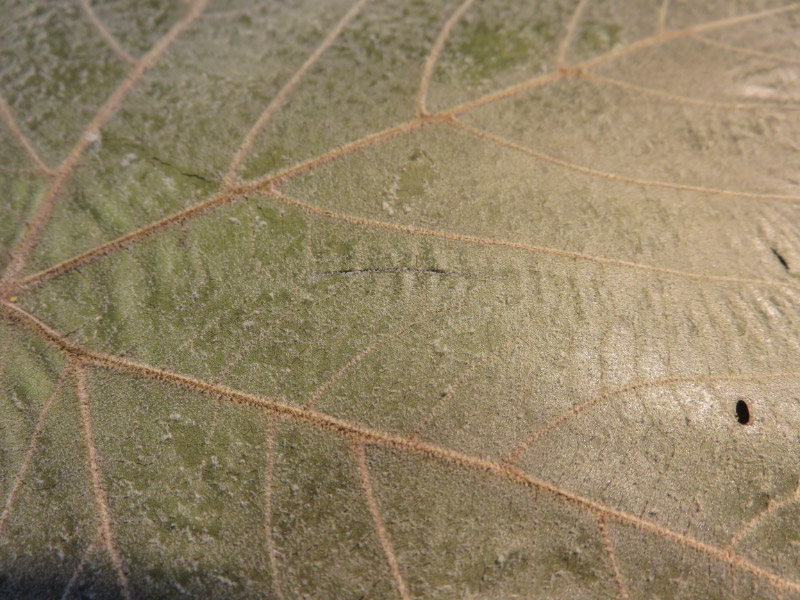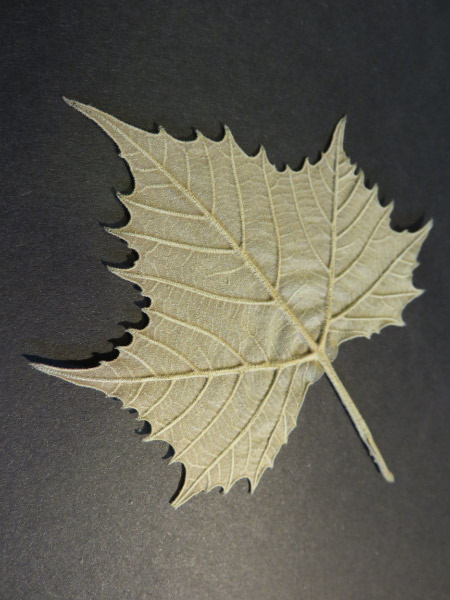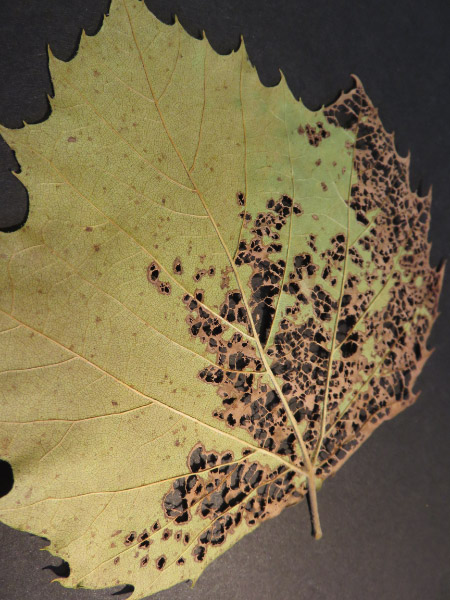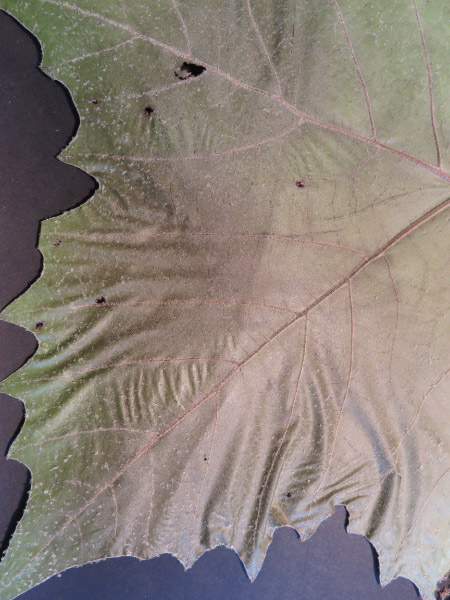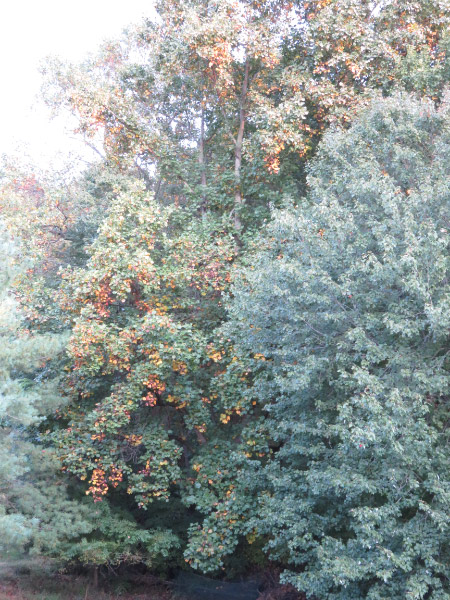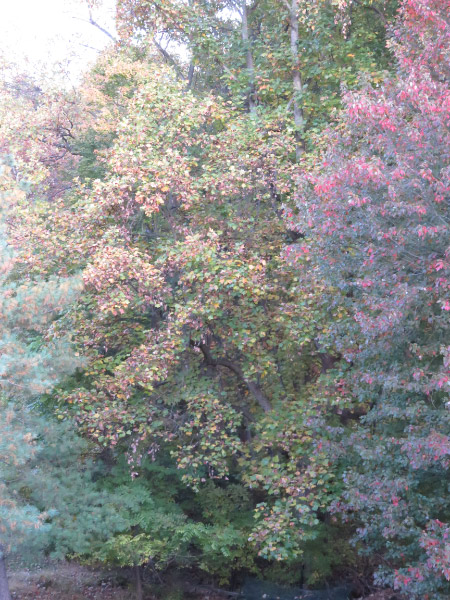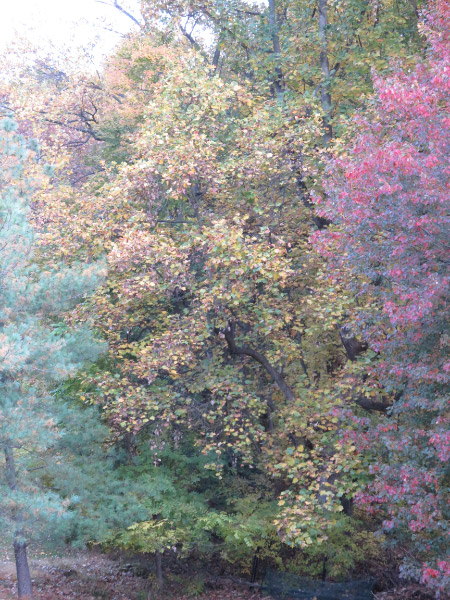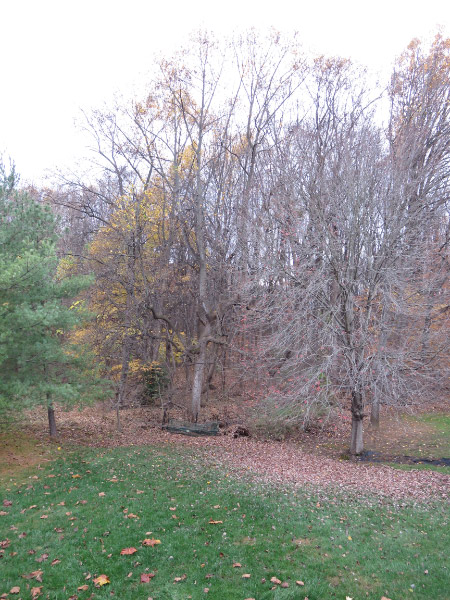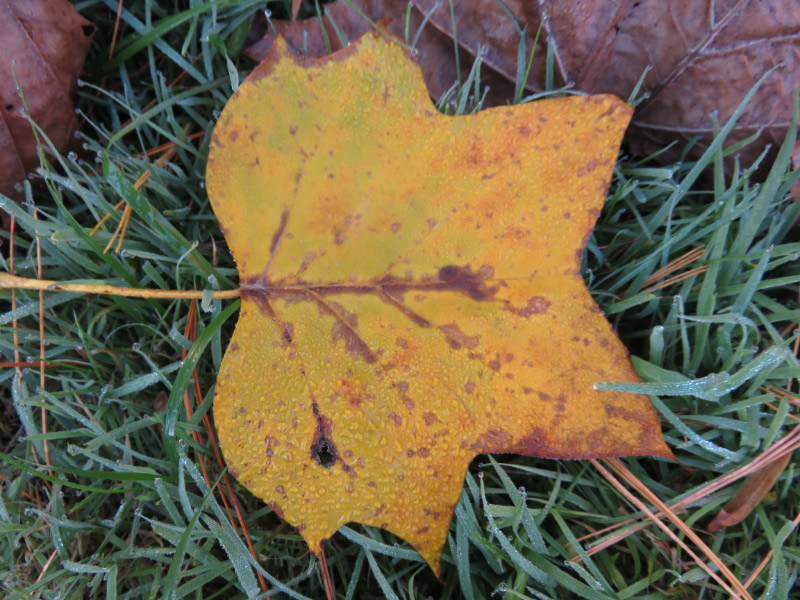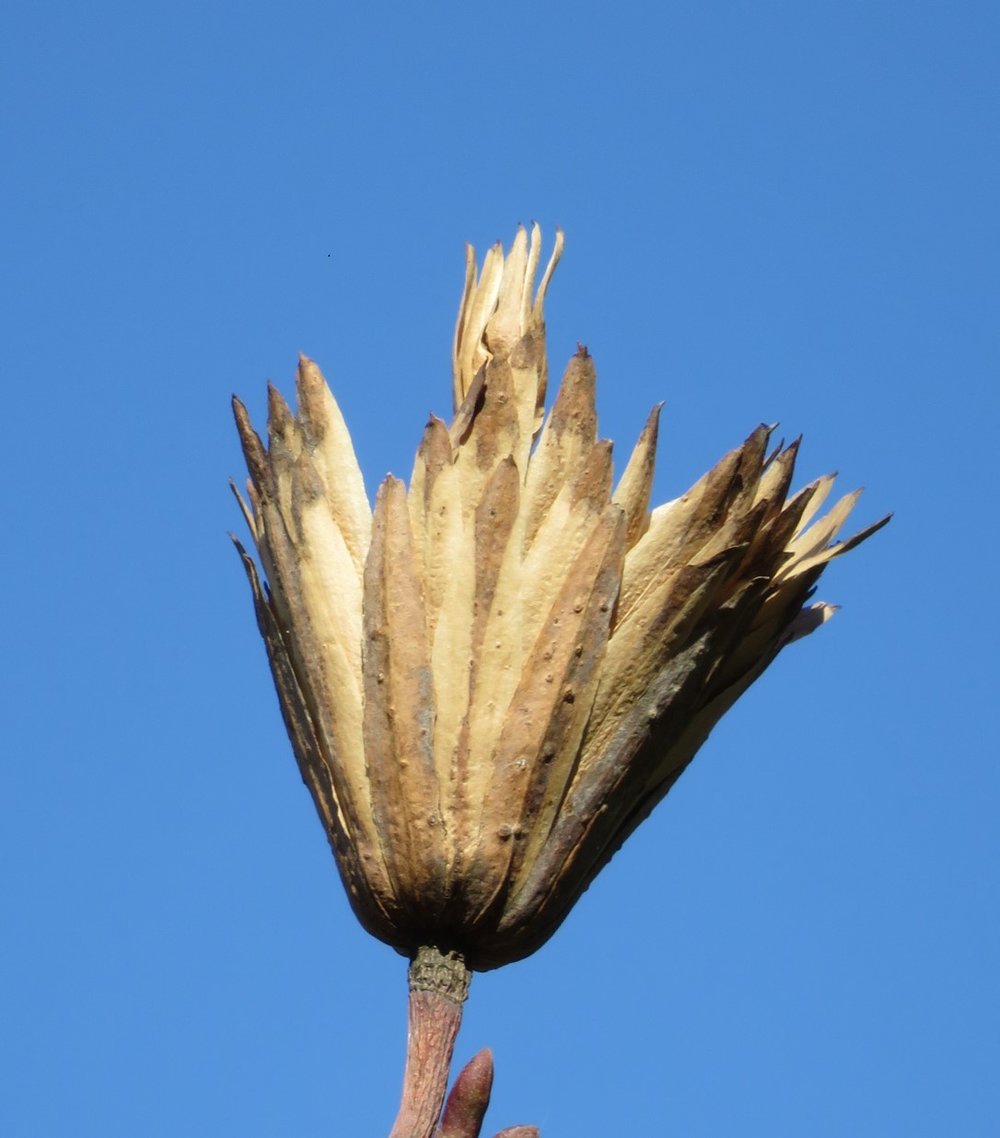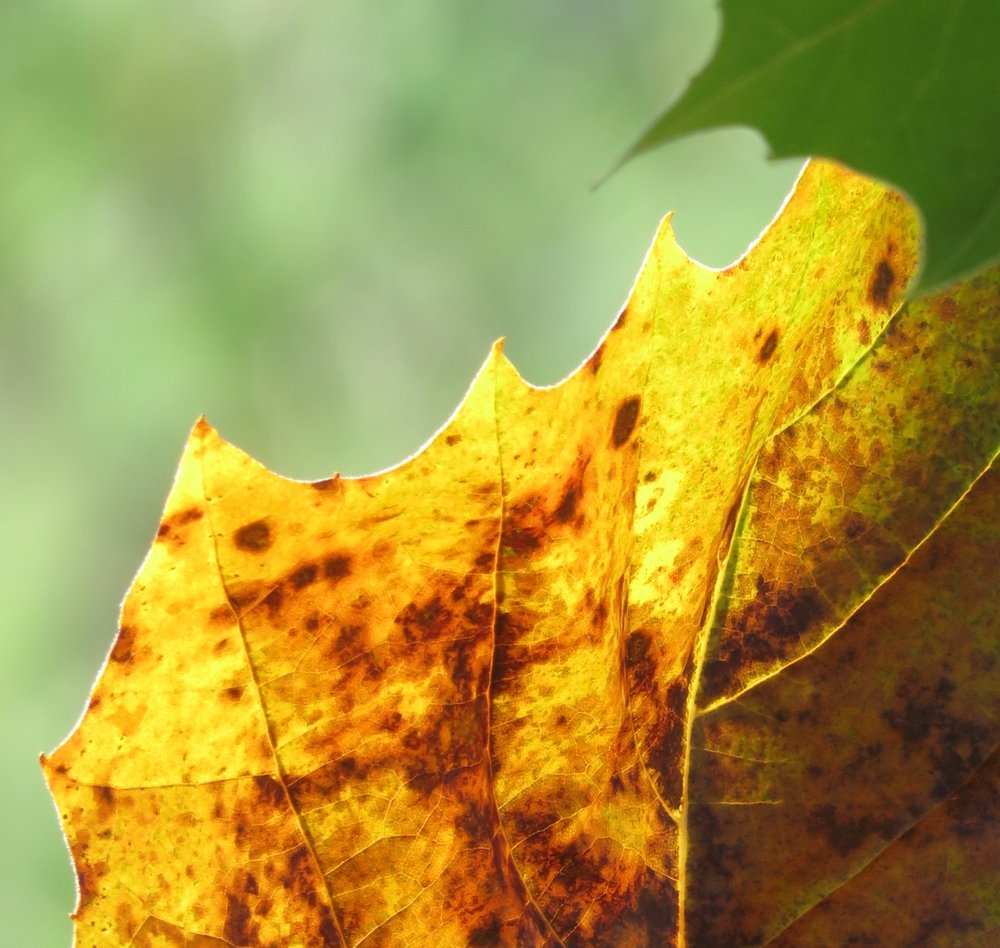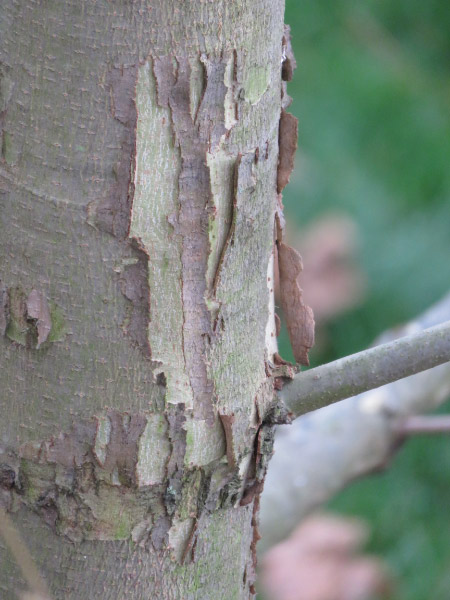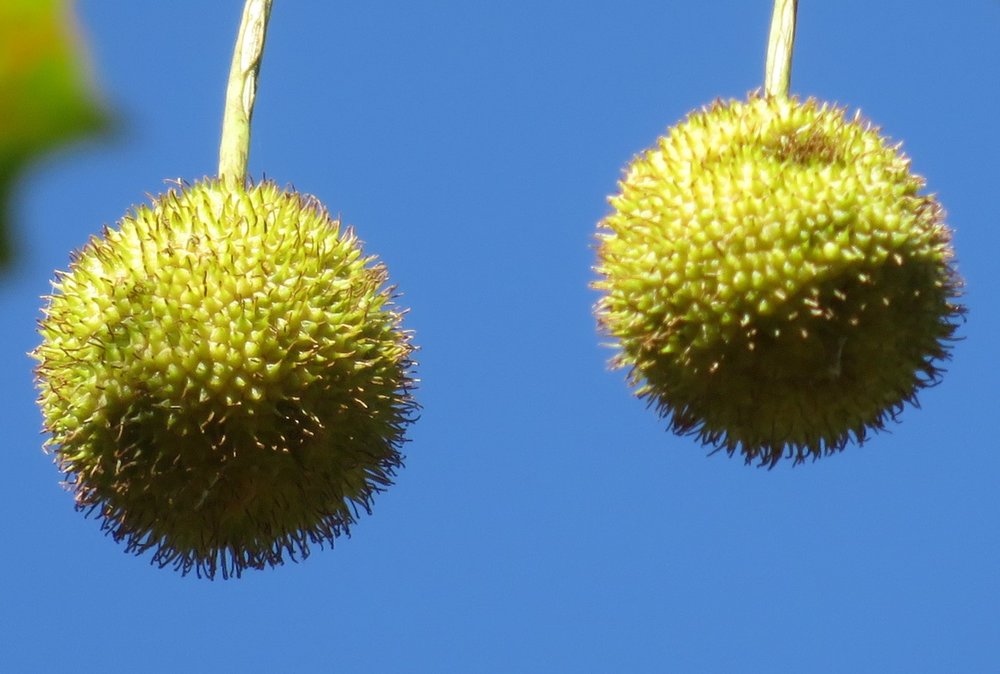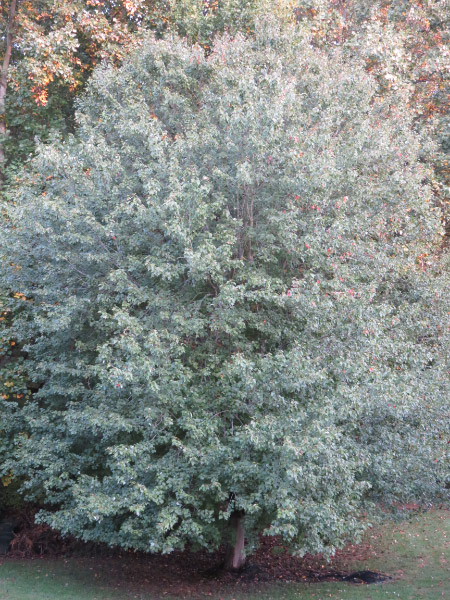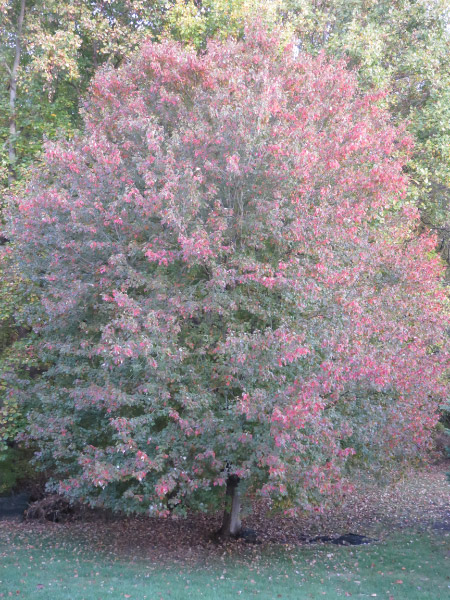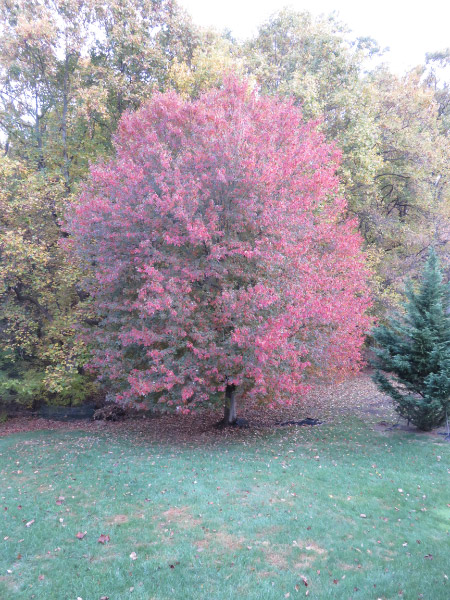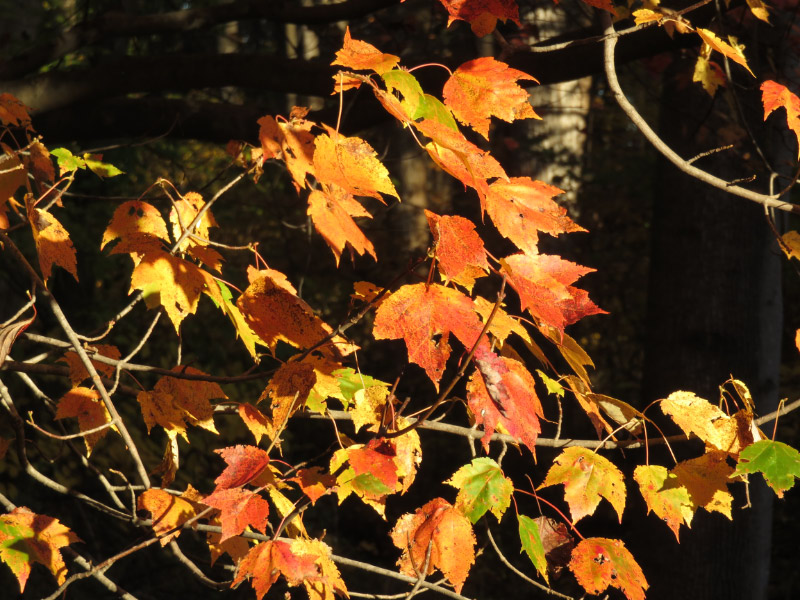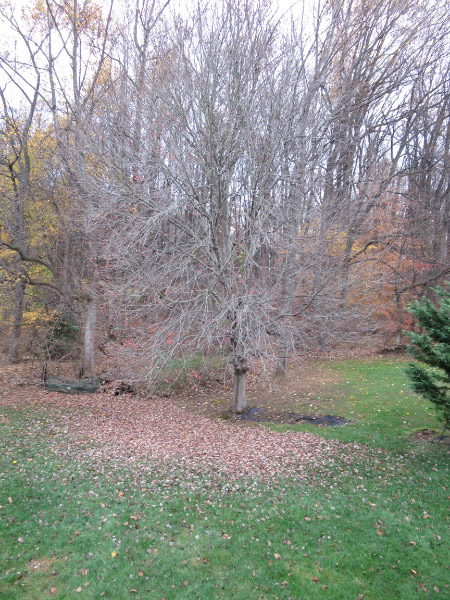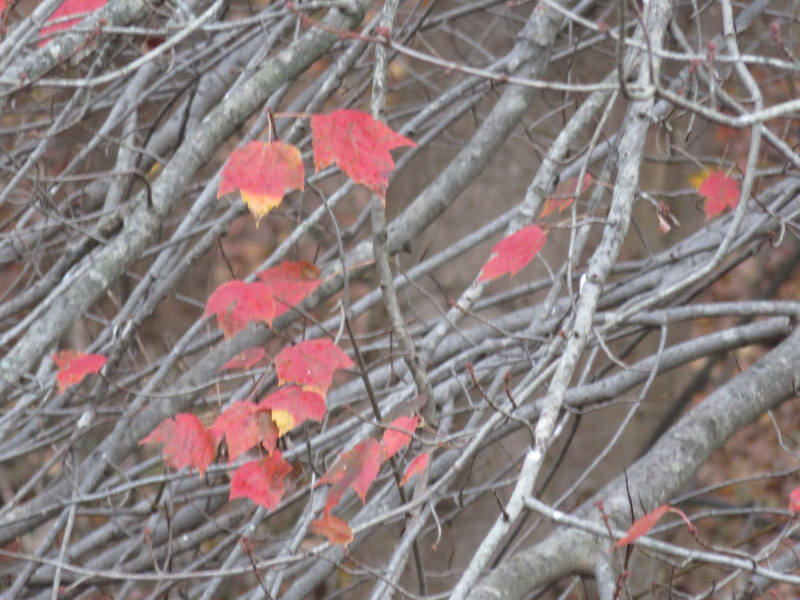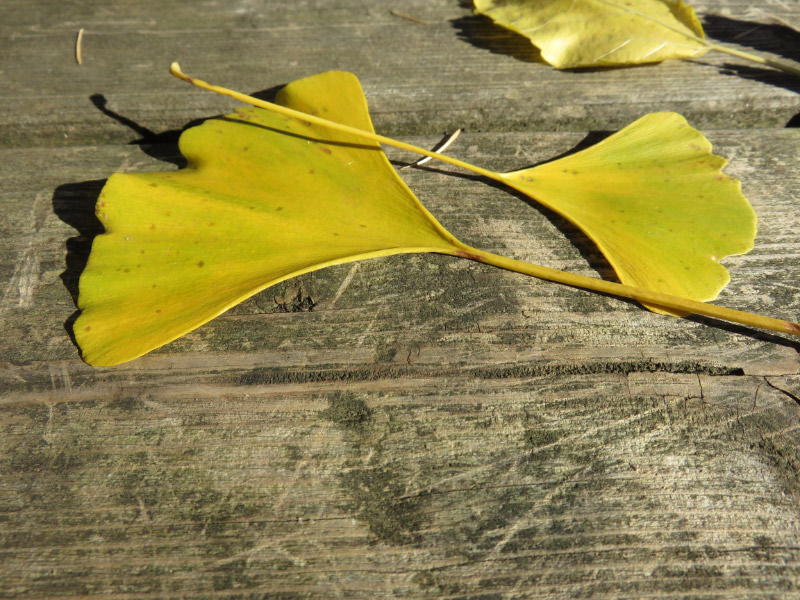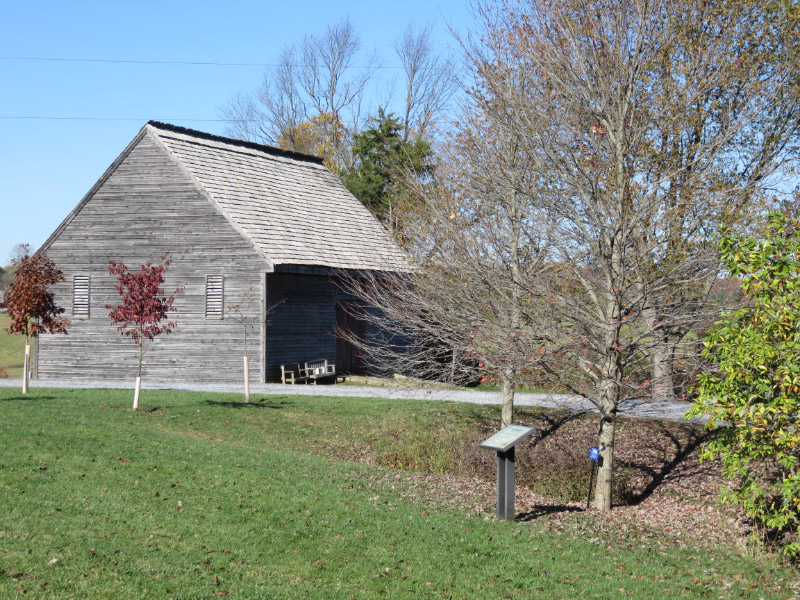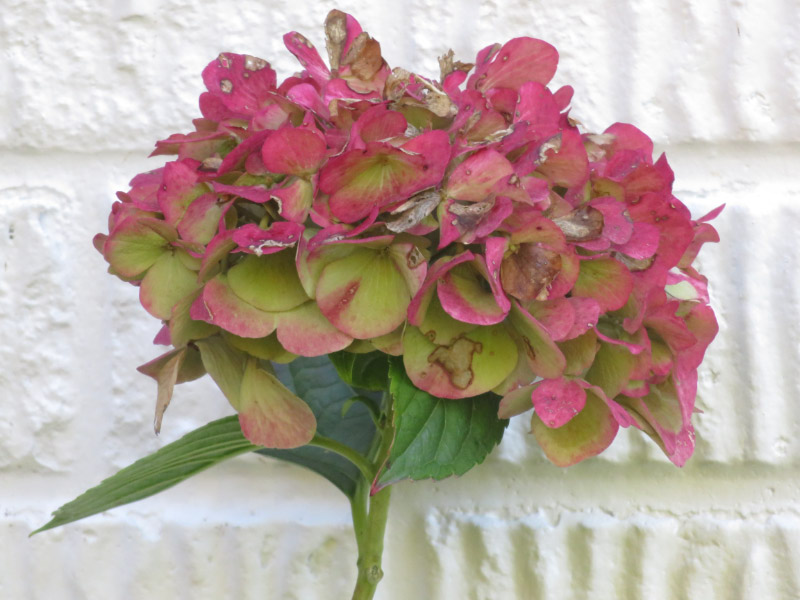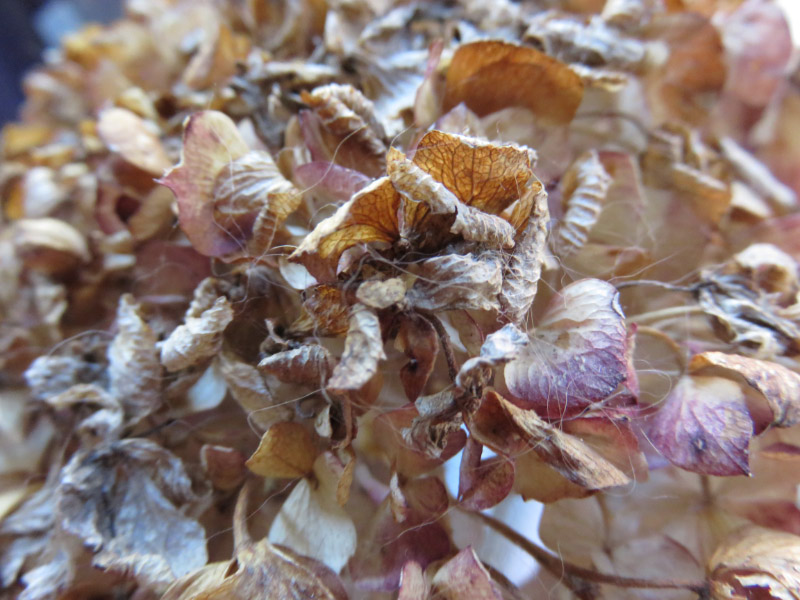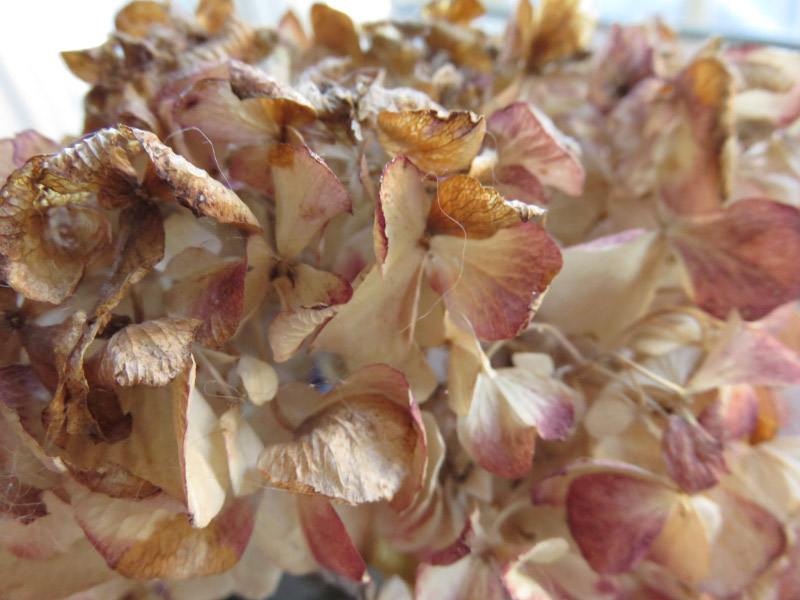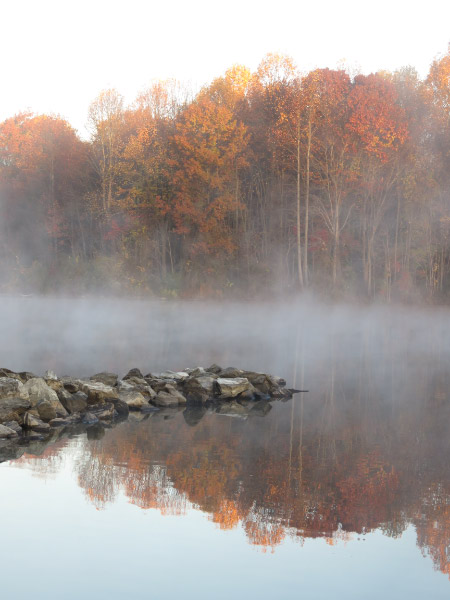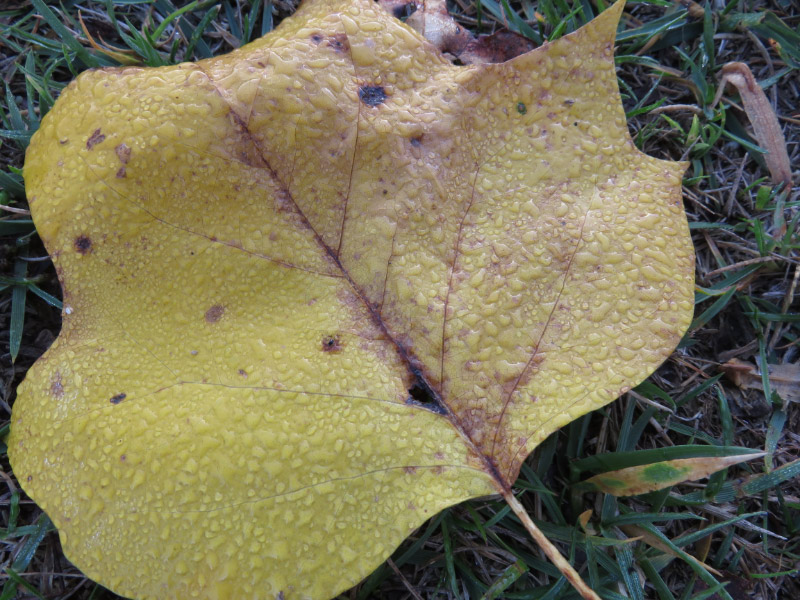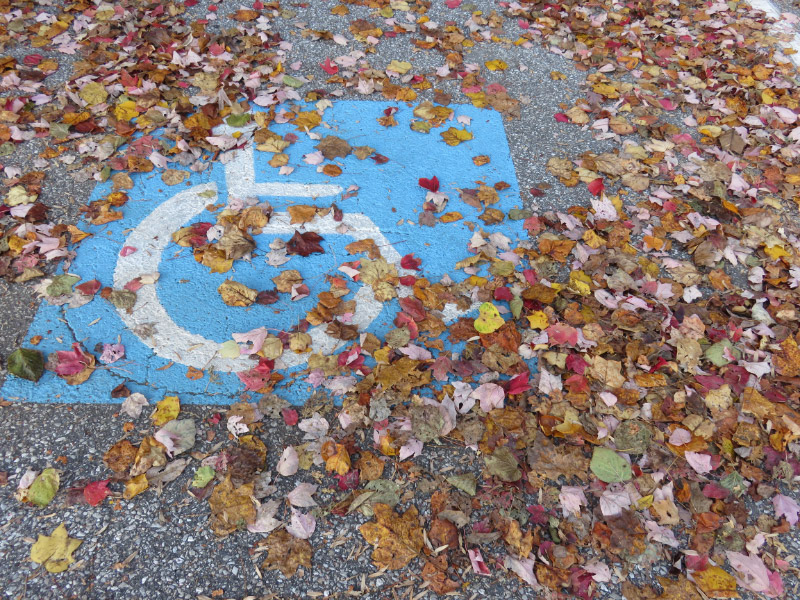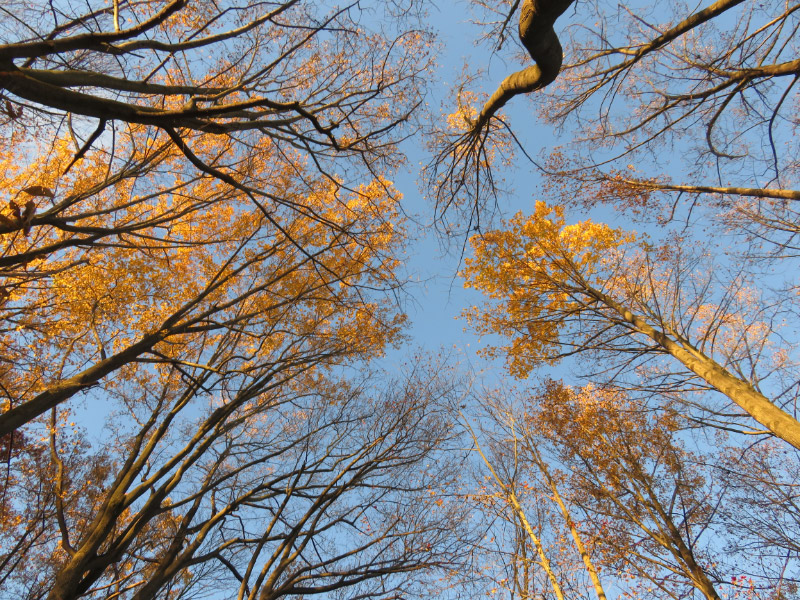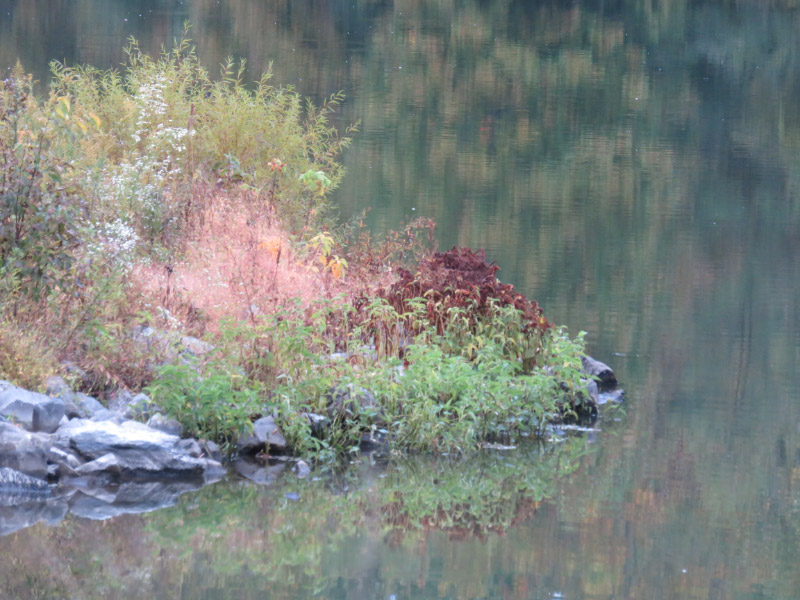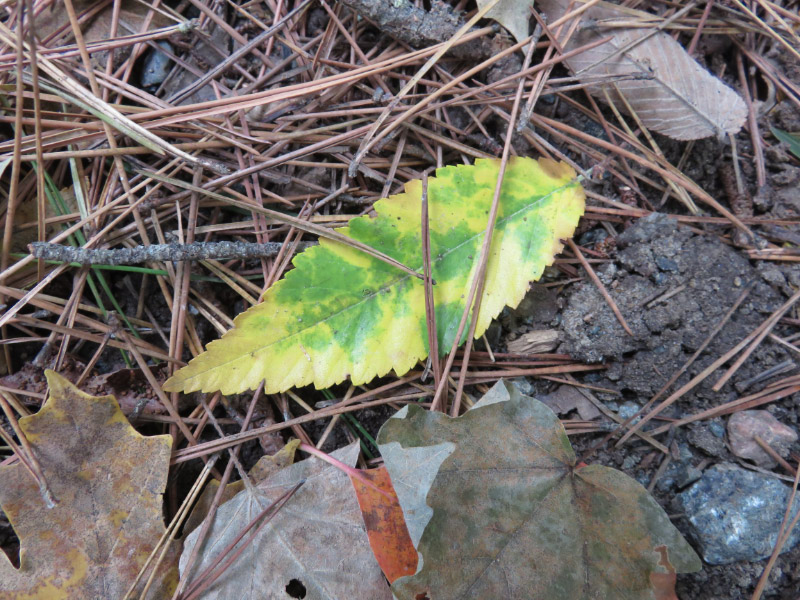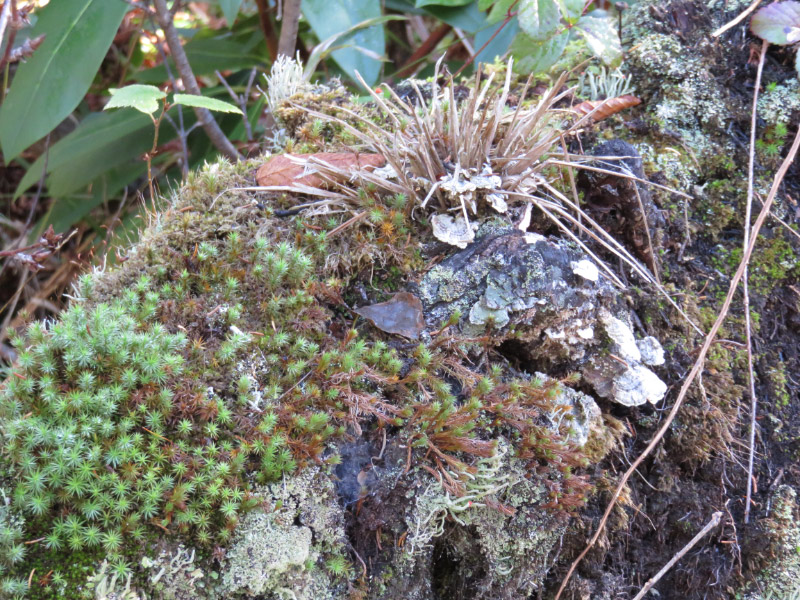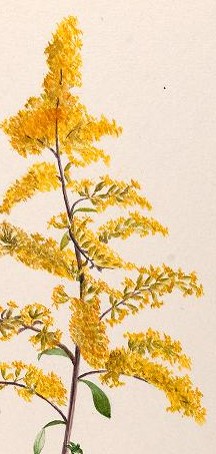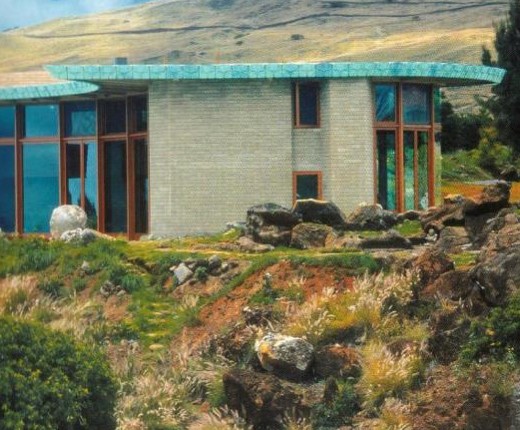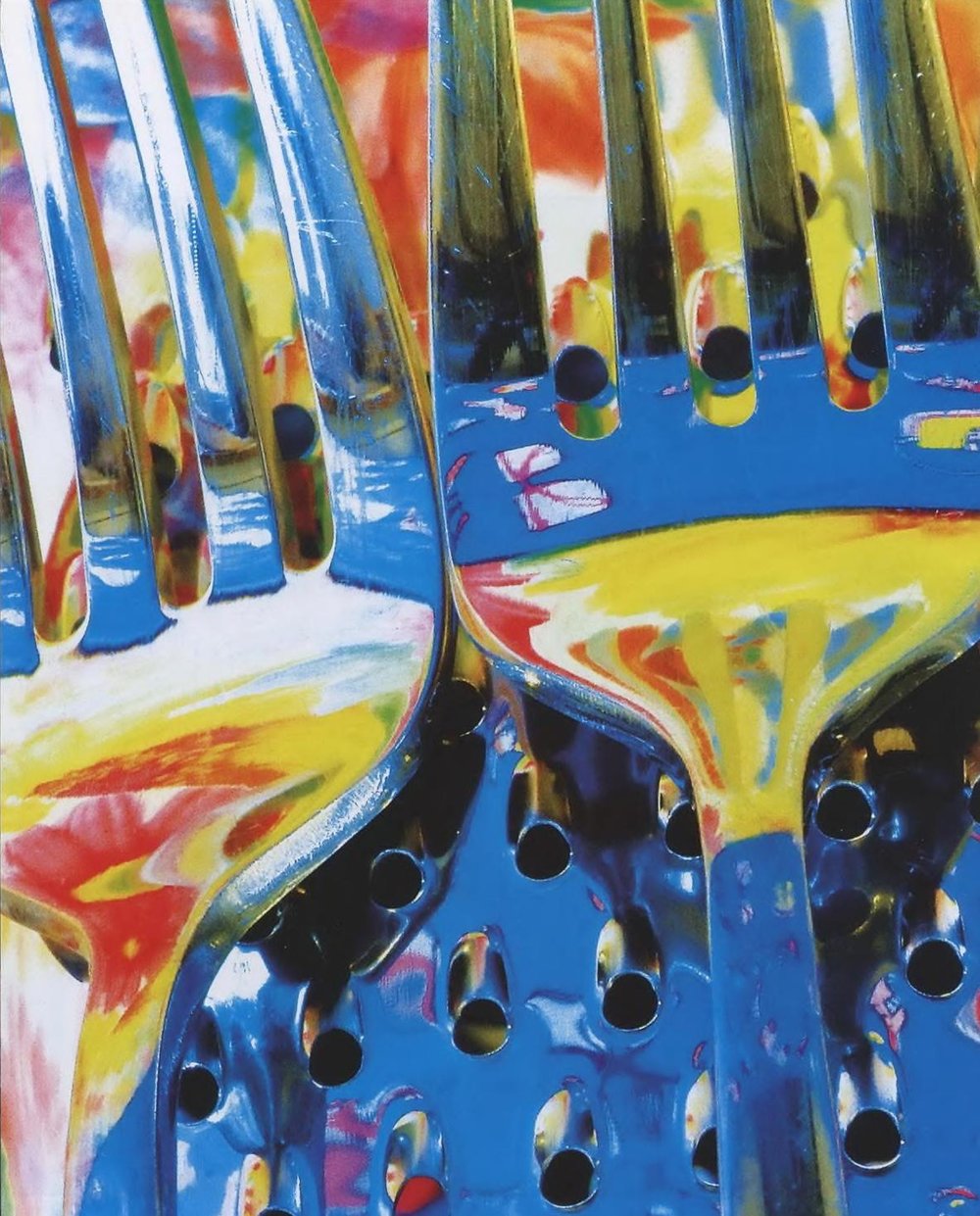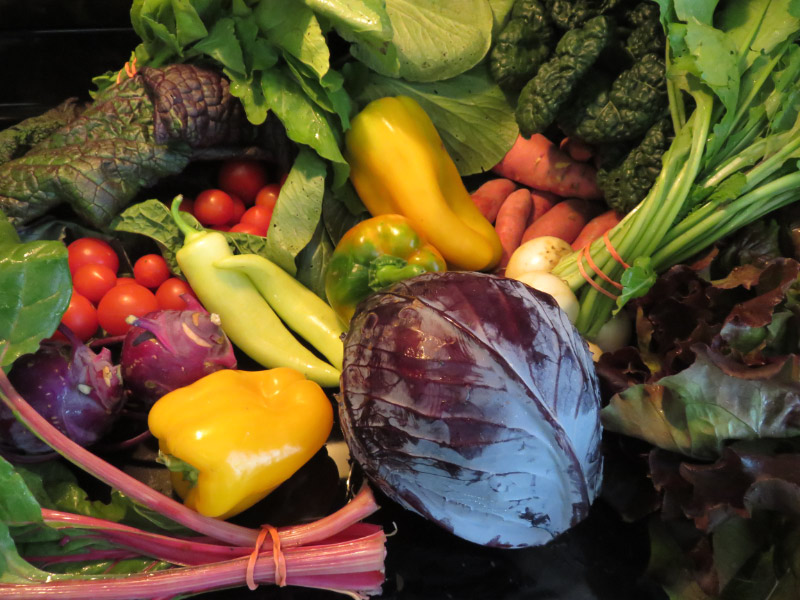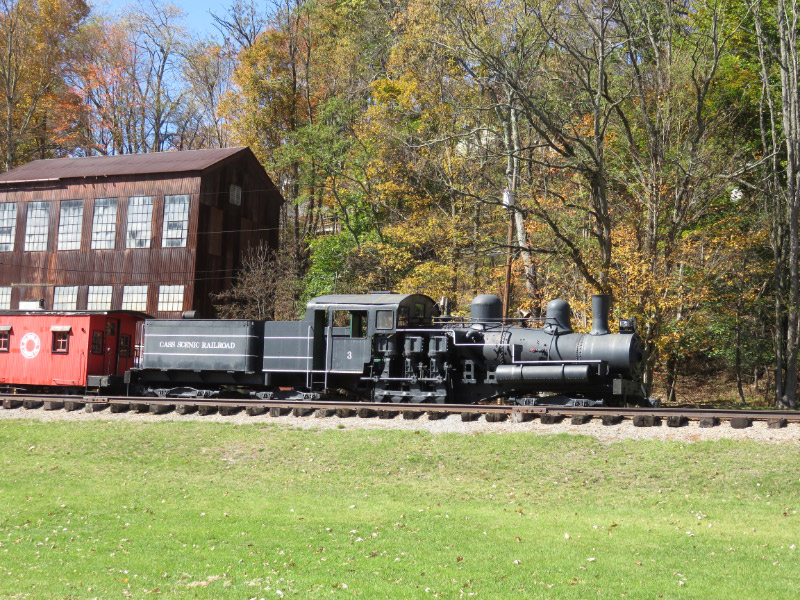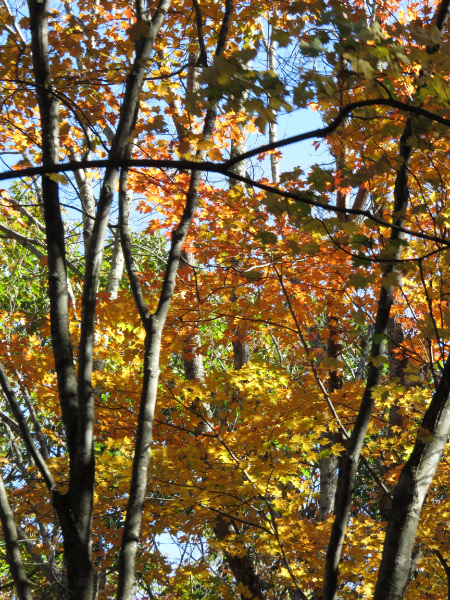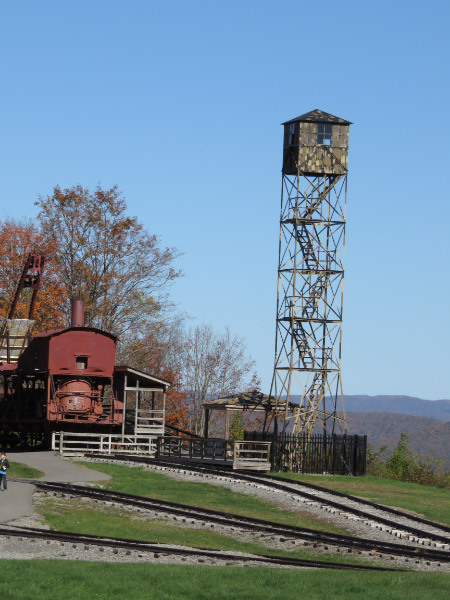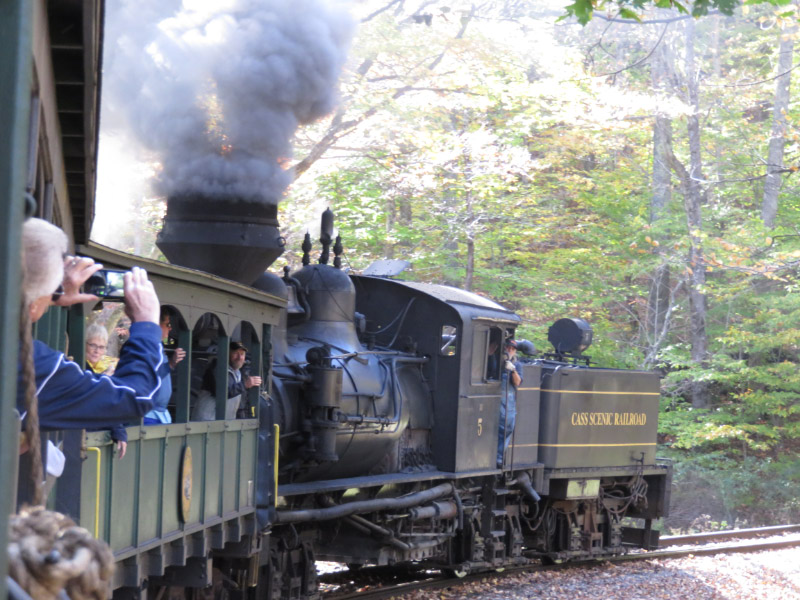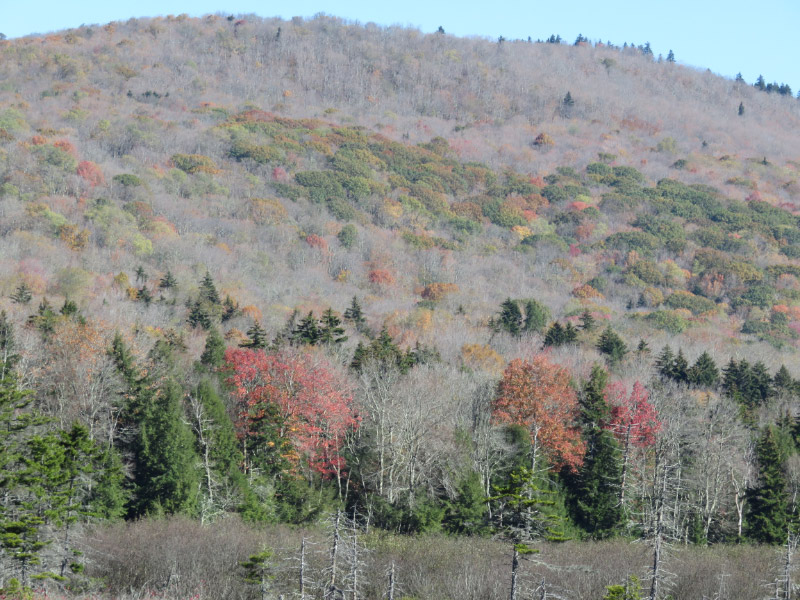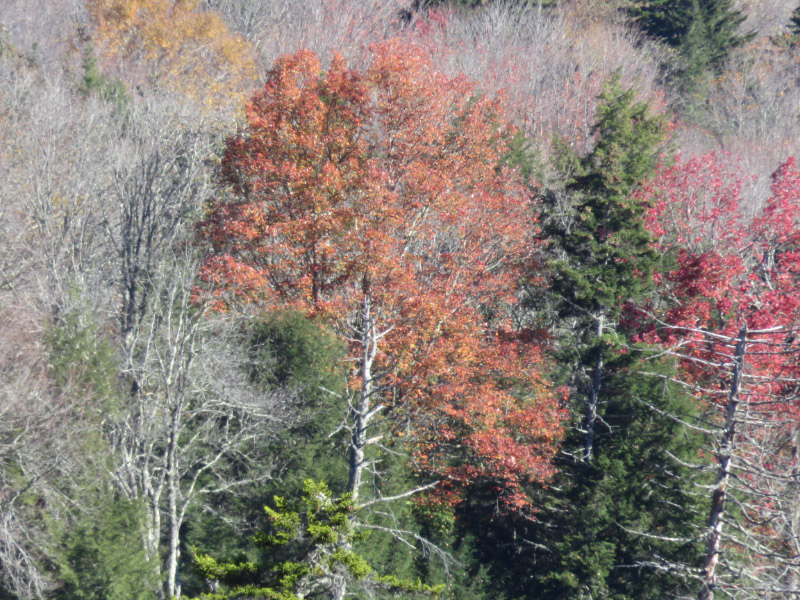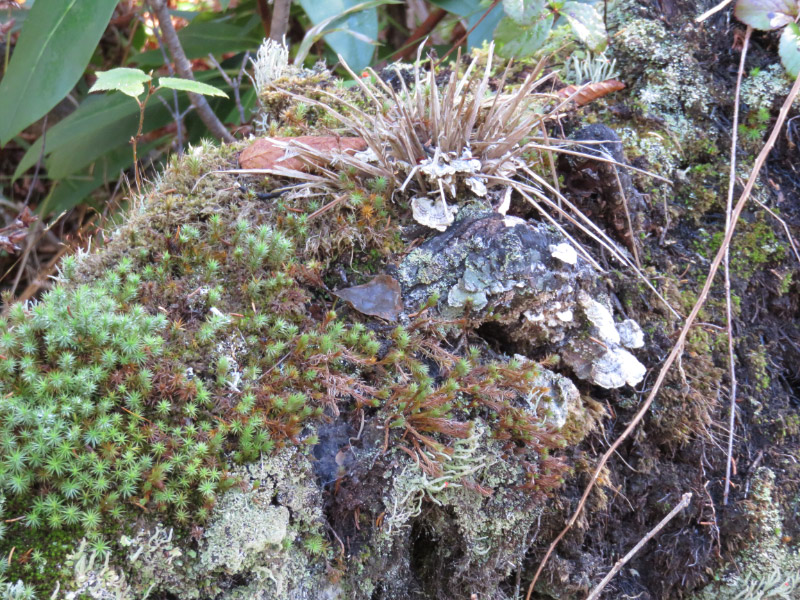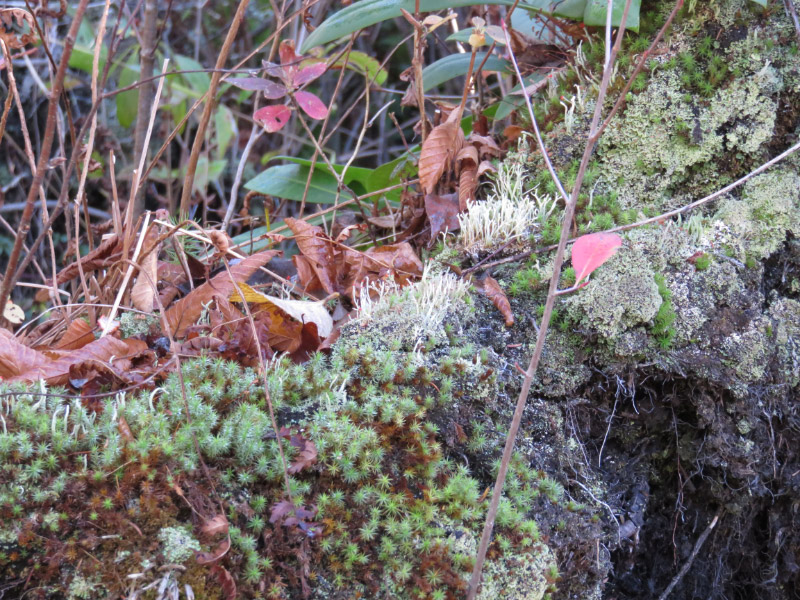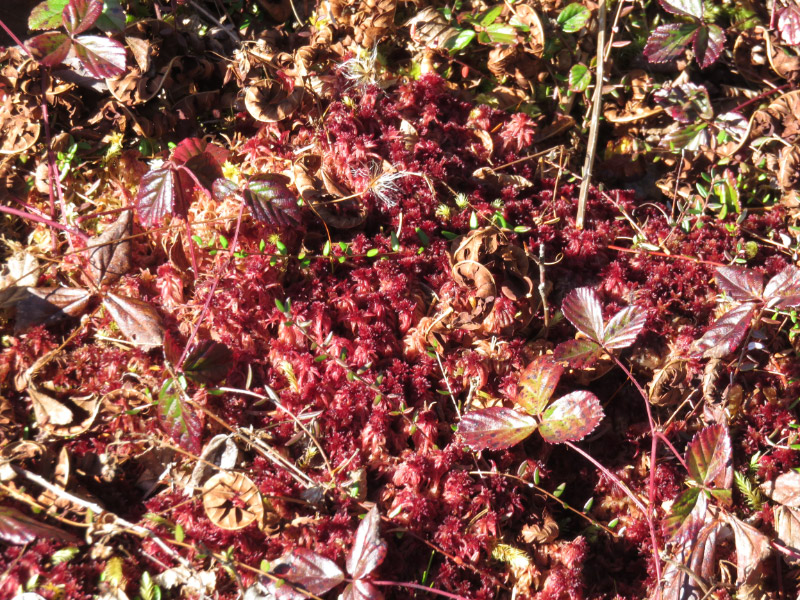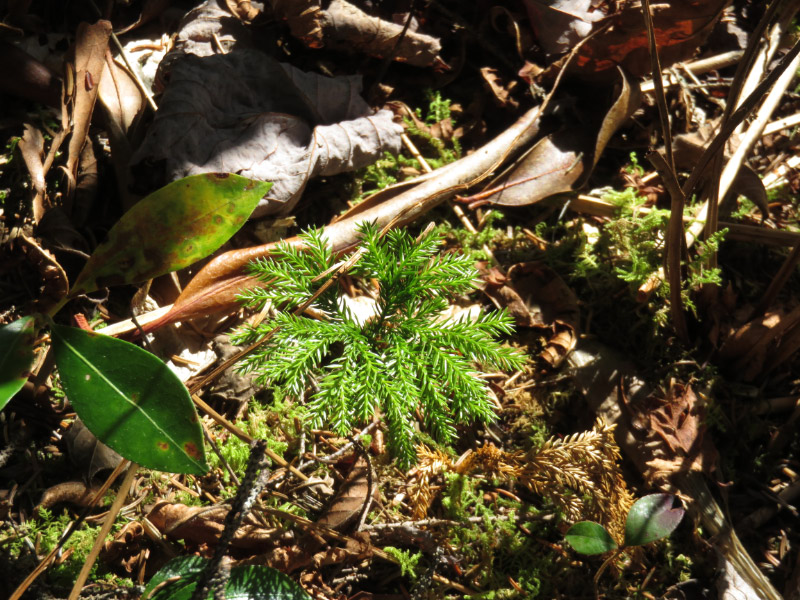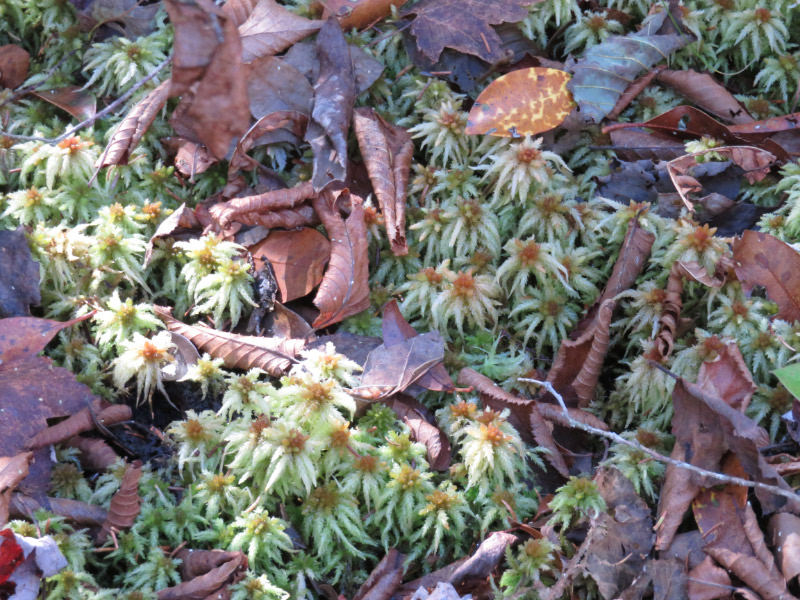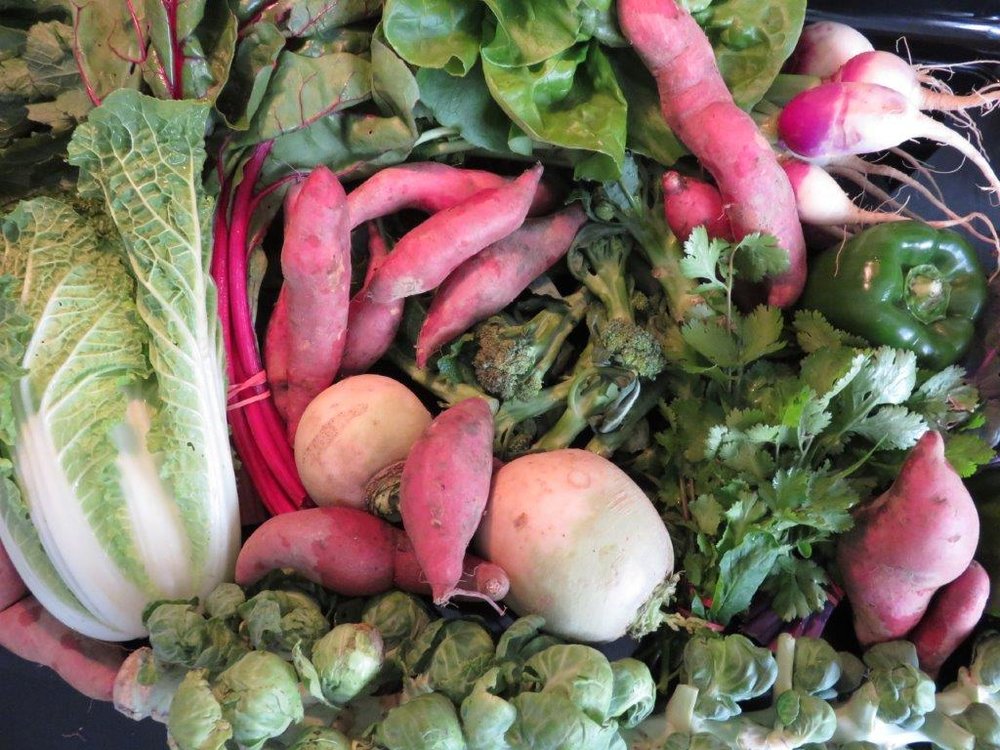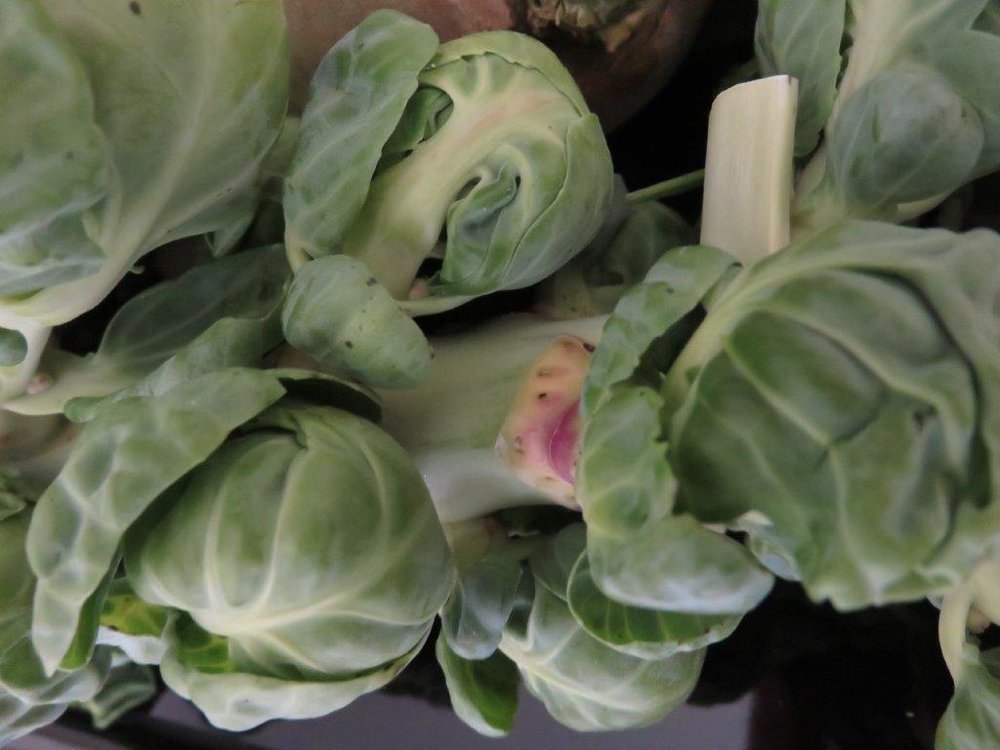November at the Brookside Gardens Conservatory - Part 1
/ Last week when we went to see the mum display in the Brookside Gardens Conservatory, the conservatory was closed because they were cleaning off the white coating on the glass roof. Yesterday – we discovered that they had already closed the south conservatory to set up for the miniature train exhibit that will be there after Thanksgiving until just after the beginning of 2017. The north conservatory was open and there were lots of mums.
Last week when we went to see the mum display in the Brookside Gardens Conservatory, the conservatory was closed because they were cleaning off the white coating on the glass roof. Yesterday – we discovered that they had already closed the south conservatory to set up for the miniature train exhibit that will be there after Thanksgiving until just after the beginning of 2017. The north conservatory was open and there were lots of mums.
The main colors were pink and yellow. I noticed the different petal shapes: think with splits at the end that curled in different directions,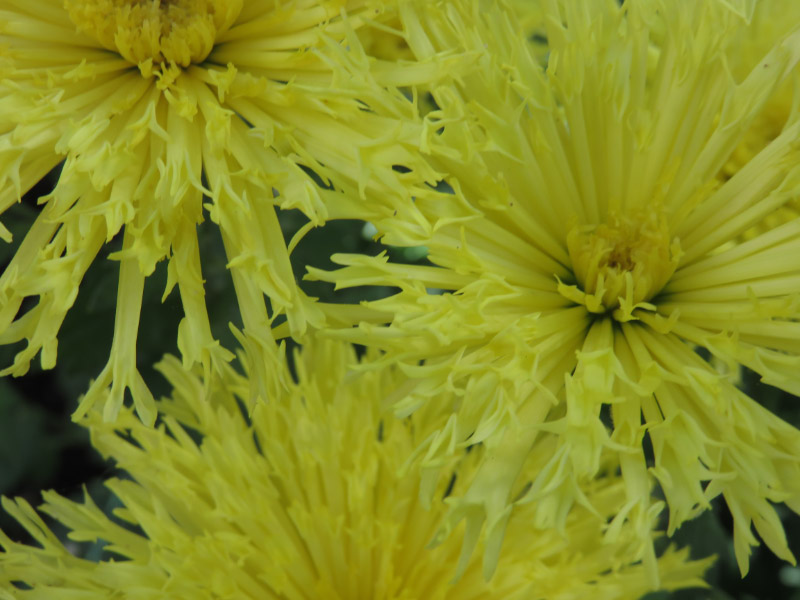
Shallow scoops forming a tight ball,
Deeper scoops forming a flower with more space and deeper color in the center,
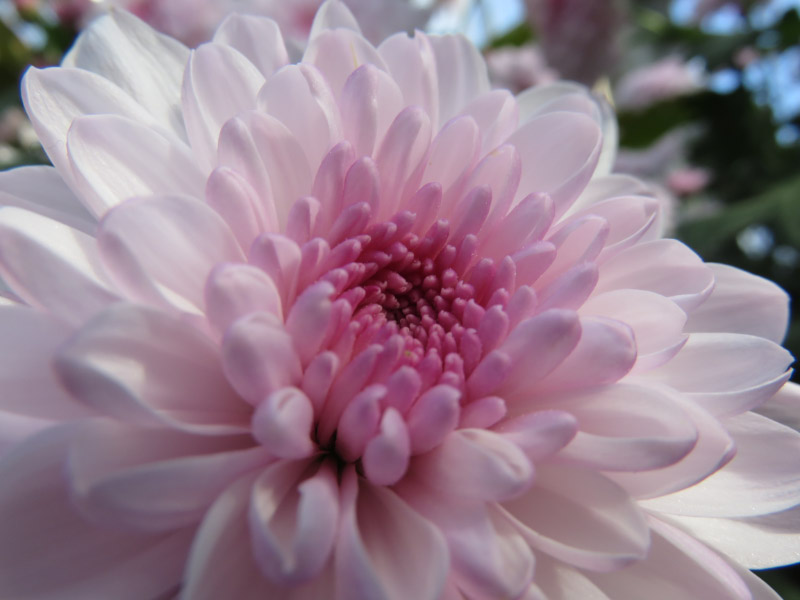
And huge round balls of petals that never seems to unfurl completely (these I associate with football mums that were popular when I was in high school).
As we walked outside – there was a pot of mums in the bright sunlight that might have come from the south conservatory. Hopefully the weather will be mild enough for them to complete their bloom cycle outdoors.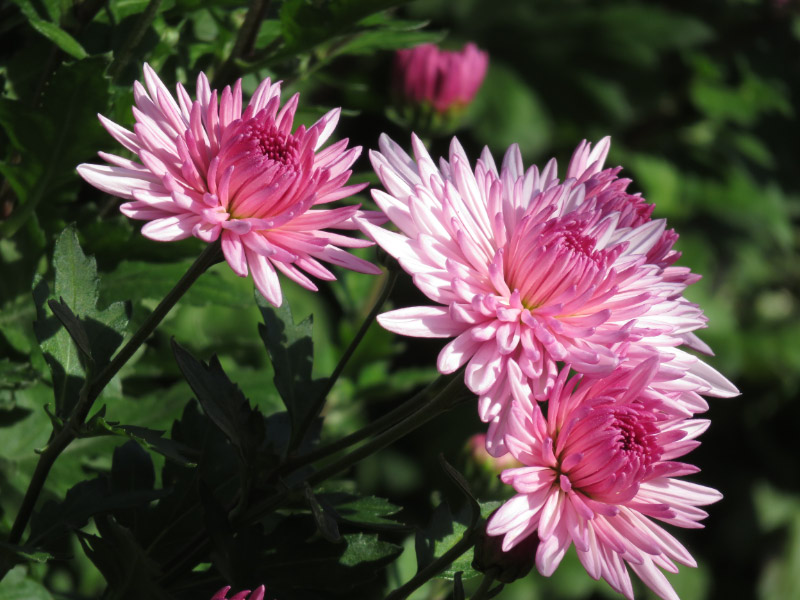
I was surprised there were not more colors of mums this year. I missed the oranges and reds so couldn’t resist taking pictures of other flowers in the conservatory to fill the color void.

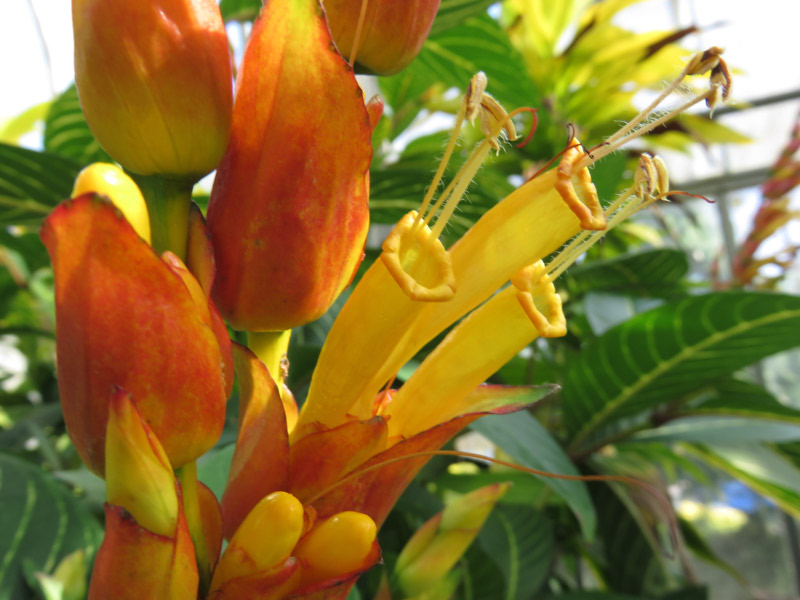

Even the trimming one of the conservatory gardeners was making included red!